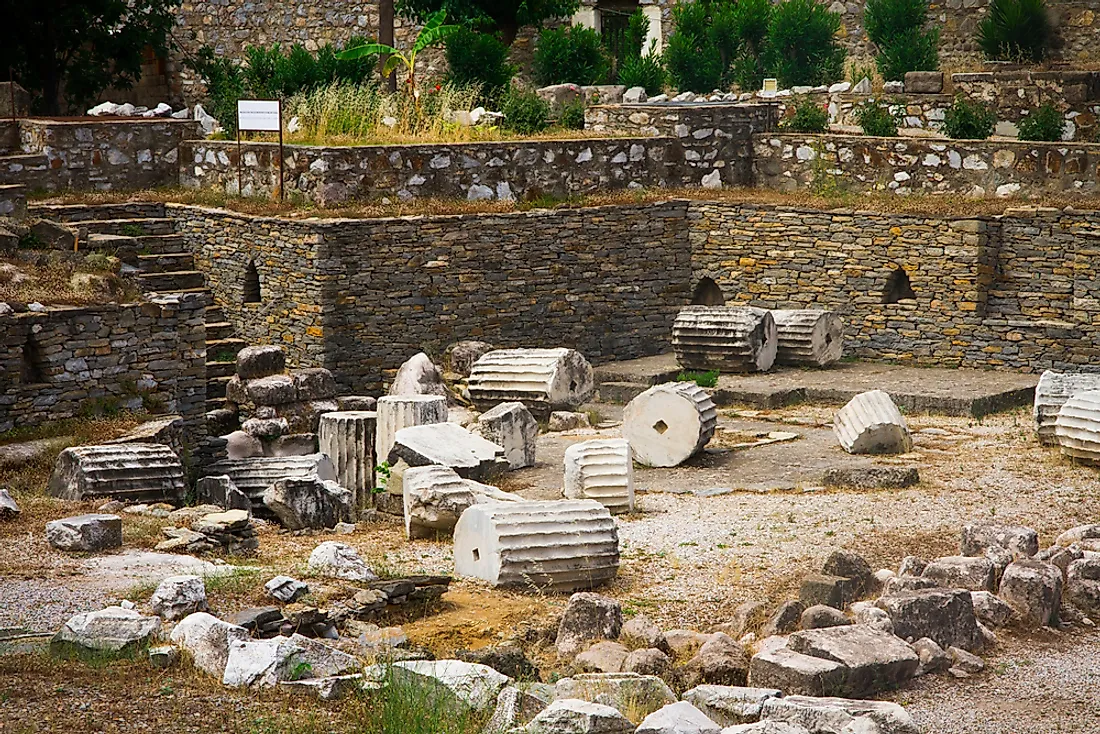Who Were Satraps?

Satrap was a word used to refer to governors of the provinces in ancient Median as well as the First Persian Empires. Other empires which also used the system of satraps were the Hellenistic and Sasanian Empires. The satraps were chief representatives of the king. In modern literature, the word satrap metaphorically refers to the world leaders and governors who are largely influenced by hegemonies. They act as surrogates of these world superpowers.
Appointment and Duties of the Satraps
Satraps were appointed by the king. Most of those appointed were members of the royalty or Persian nobility. They held office indefinitely. The satraps were responsible for collecting taxes within their provinces. Besides, they were the supreme judicial authority within their jurisdictions. They ruled over both civil and criminal cases. The satraps also performed the role of raising and maintaining an army. Furthermore, they had a duty to ensure that there was internal security in their provinces. There were top provincial officials and the commanders of garrison troops who were stationed in the provinces. They reported directly to the king to guard against any abuse of powers. The royal officials also carried out periodic inspections. After the mid-5th century, the central authority in the Persian Empire weakened leading to relative independence of the satraps. Both Alexander III the Great and his successors retained the satrapal way of administration.
Organization of Median and Persian Satraps
The first extensive use of the satrapies was during the reign of Cyrus the Great. However, the provincial organization of empires originated during the Median era in 648 BCE. However, there was a major difference between the leadership in the two periods. According to the culture of Persia, the divinity and kingship were inseparable. Therefore, the 26 satraps Cyrus created were not led by kings but rather by viceroys who ruled in the name of the king. During those days, many viceroys took the opportunity to build for themselves independent power bases. The king responsible for the division of the empire into definitive satrapies was Darius I. He reigned between 522-486 BC. Darius I increased the number of provinces from 26 to 36. He made each province pay their tribute to the king through their satraps. The governors ruled with the help of a council of Persians controlled by emissaries of the king and a royal secretary. The council was the king’s way of having his “eyes” in every province.
Satraps in the Parthian and Sassanian Empires
The rule of the Parthian Empire was slightly different from the Median and Persian Empires. There were noble families within the empire who owned large estates. The power of the king relied on the support of these families. The noble families paid tribute to the king and also provided soldiers for the king. The city-states enjoyed a fair level of independence in as much as they also paid their tribute to the king.
The Sassanid Empire had a more centralized government compared to that of the Parthian Empire. The semi-independent kingdoms, as well as the self-independent city-states of the Parthian Empire, were all replaced by a system of “royal cities.” Governors (called Shahrabs) became rulers of these cities. Also, the East Roman Empire also adopted the use of the term “satraps” with reference to the autonomous princes who governed the Armenian provinces.
Biblical Mentions of Satraps
The word satrap is mentioned in the Book of Daniel Chapters 3 and 6. It is also mentioned in the books of Esther and Ezra. The satraps were chief representatives of the king in the eras of King Nebuchadnezzar and King Darius. The kings appointed overseers over the satraps. During the reign of King Nebuchadnezzar, Daniel, Shadrach, Meshach, and Abednego served as satraps. At the time of King Darius, Daniel received a promotion to be among the three overseers who supervised the overall administration of the provinces. The overseers ensured that the satraps performed their duties and did not act contrary to the king’s decrees.
Application of the Word “Satraps” Today
In Portuguese, Spain, and Italy the word “satraps” still carries its ancient meaning of “governors.” However, the word is also used to describe people who abuse authority. Additionally, it refers to people who live in luxury and those who act disloyally. In the Serbian language, a satrap is one who displays servile tendencies to a person of authority.











